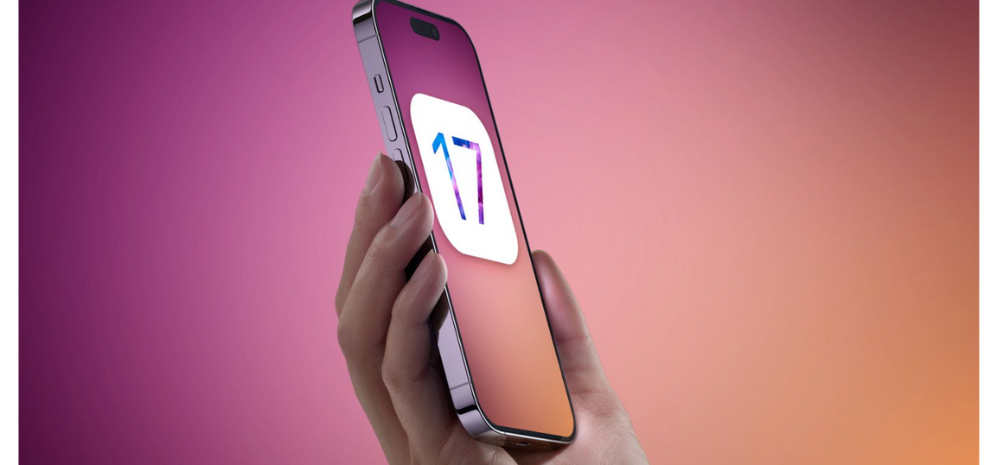In the realm of mobile devices, Android and iOS dominate the landscape as primary operating systems for smartphones.

Both possess distinct strengths while also differing from one another. Apple’s recent iOS 17 release introduced several intriguing features such as NameDrop, Contact Poster, Standby Mode, and real-time voicemail transcription.
Nevertheless, there remain some Android features absent in iOS 17 that are appreciated by Android users.
Let’s look at five of the features!
Multi-User Support
Android’s notable advantage over iOS is its multi-user support. This functionality permits multiple users to maintain separate profiles on a single device, each with unique apps, settings, and a personalized experience. Even with iOS 17, creating distinct user accounts on a single device remains a challenging task, particularly for families or shared device scenarios.
File Management
iOS has made progress in enhancing file interactions through the Files app, yet it lags behind Android in terms of seamless file management. Android offers users greater flexibility in handling their files, and facilitating organized management of documents, photos, and videos. The open approach to file management, enabling direct file transfers, access to the file system, and SD card integration, is a feature yet to be fully realized in iOS 17.
App Drawer
Android’s unique app drawer neatly organizes all installed apps, providing a convenient and clutter-free way to locate and launch applications. Conversely, iOS places all apps directly on the home screen, potentially resulting in a cluttered appearance, especially for users with a multitude of apps. The introduction of the App Library in iOS 14 was a step forward, but iOS 17 still lacks the simplicity and organization offered by Android’s traditional app drawer.
Deeper Home-Screen Customization
Apple’s iOS limits options for customizing the home screen, even with the additions of App Library and Home Screen Widgets in iOS 14. Android, on the other hand, grants users numerous avenues to create a personalized home screen. The ability to modify app icons, use different launchers, employ various icon packs, adjust grid sizes, hide icons, display notification counts on app icons, and switch to alternate launchers like Nova Launcher contributes to a level of customization unparalleled in iOS.
Dual-Apps
Android users enjoy the capability to create duplicate copies of apps and utilize multiple accounts within them. For instance, one can replicate the original WhatsApp app to use a different account. Some Android phone manufacturers like Samsung and OnePlus have integrated this feature into their software. Even for devices lacking this native feature, third-party apps offer the same functionality, providing users with a multitude of options.



